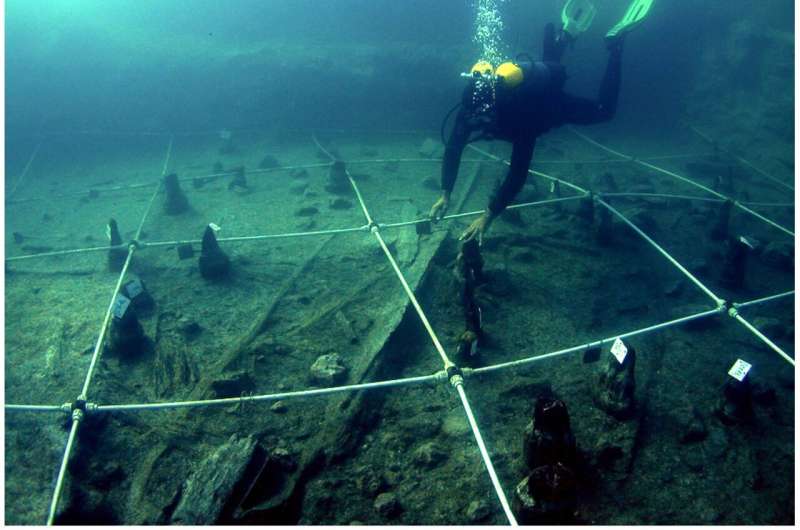The Mediterranean Sea, cradle of civilization and epicenter of ancient trade routes, has long held secrets buried beneath its azure waves. Now, a groundbreaking study published in the open-access journal PLOS ONE unveils a remarkable chapter in maritime history: the technologically advanced boats that navigated the Mediterranean over 7,000 years ago.
Led by Juan F. Gibaja of the Spanish National Research Council in Barcelona, a team of researchers has shed light on the seafaring prowess of Neolithic communities through the analysis of ancient canoes unearthed at the lakeshore village of La Marmotta, near Rome, Italy. These dugout canoes, meticulously crafted from hollowed-out trees, offer tantalizing glimpses into the sophisticated maritime technology of the time.
In a region where civilizations flourished along the coastlines, the study underscores the pivotal role of watercraft in facilitating travel and trade during the Neolithic era. Through meticulous excavation and analysis, Gibaja and his colleagues reveal the intricacies of boat construction and the innovative techniques employed by ancient mariners.
Dating back to between 5700 and 5100 BC, the five canoes discovered at La Marmotta showcase a remarkable diversity in their construction, with each vessel crafted from a unique combination of woods—an uncommon feature among similar archaeological finds. Moreover, the canoes exhibit advanced structural design, including transverse reinforcements, indicative of the ancient mariners’ deep understanding of wood properties and naval engineering.
Of particular intrigue is the discovery of three T-shaped wooden objects associated with one of the canoes, bearing evidence of holes likely used for securing ropes tied to sails or other nautical elements. This finding offers compelling evidence of the seafaring capabilities of these ancient vessels, corroborated by the presence of stone tools linked to nearby islands—a testament to their navigational prowess.
Displayed prominently in the Museo delle Civiltà in Rome, Canoe Marmotta 1 serves as a tangible reminder of the ingenuity and craftsmanship of our Neolithic ancestors. As Gibaja and his team emphasize, these canoes represent exceptional examples of prehistoric boatbuilding, requiring not only skilled labor but also a nuanced understanding of maritime technology.
Drawing parallels between these ancient vessels and more recent nautical innovations, the researchers suggest that many fundamental advances in sailing were pioneered during the early Neolithic period. The study opens up new avenues for exploration, hinting at the possibility of uncovering additional boats preserved near La Marmotta—a tantalizing prospect for future research endeavors.
In unveiling the oldest known canoes in the Mediterranean, the study offers invaluable insights into the maritime heritage of Neolithic communities. It underscores the remarkable technological sophistication of early agricultural and pastoral societies, whose mastery of woodworking and boatbuilding laid the foundation for centuries of maritime exploration and trade.
As we peer into the annals of history through the lens of these ancient vessels, we gain a deeper appreciation for the ingenuity and resilience of our ancestors, whose maritime endeavors continue to inspire awe and admiration millennia later.
